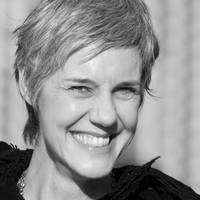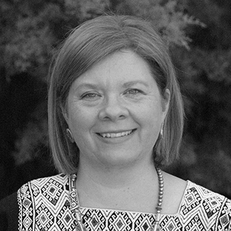[ JURY ]
DAVID ADJAYE
|
LIAM YOUNG
|
ALISON KILLING
|
TOM WISCOMBE
|
Juror Summary
Final selections focused on the intricate relationship of the dead to the living. The final 50 projects each examined some aspect of this relationship critically, whether it be the desire to mourn individually within a vast, highly-populated cemetery complex or the ability of a vertical cemetery to reach beyond the physical meaning of “verticality.” The winning selections are noted for translating this commonly understood definition of verticality in ways which provided mechanistic, fictional, sympathetic and evocative answers to the hard questions about death. The winning designers critically approached the notion of ubiquitous urban verticality when applied to the cemetery typology. Each project discerns the finality of death yet reinterprets an urban relationship between the city and its dead.
General Jury Comments:
“Usually death and the grievance, mourning for the ones left behind takes on a gloomy and heavy tone. Without being disrespectful, the selections celebrate the positive and worth remembering aspects of the dead.”
“[This project] speaks intelligently about the rituals of death as well as the rituals of the city. It uses light intelligently and creates a monument in the city for meditation on life and death.
“The best proposals had a strong spiritual and cultural understanding of death and the many shades of meaning attached to it. Many of them also brought a good understanding of digital media and how this has shaped a changing attitude to memory, and included this successfully into proposals. The designers took this and translated it into a concept that took death seriously, while also bringing a lightness to their approach and developing convincing and compelling architectural proposals.”
“[It] was one of the more compelling attempts to refashion the functional conventions of funerary spaces for a dense vertical context. It also played, in a humorous way, with the absurd relationship between the permanent monuments we construct for our loved ones and the inevitable guilt we feel when we eventually ignore these monuments.”
“It rethinks our attitude to death and its manifestation in the urban environment in a modest yet careful and somewhat provocative way. This provocation is however needed in a discussion on the way we think about the commemoration and celebration of life and death in the city.”
“The proposal dematerialized the architecture of cemetery to reflect the meaning of the death in our society.”
Winning Projects:
1 st Place – Death is Not the End. Being Forgotten Is.
Runner-up – Inner Landscape
Runner-up – Beyond the Horizon of Consciousness
Runner-up – In-Between
Final selections focused on the intricate relationship of the dead to the living. The final 50 projects each examined some aspect of this relationship critically, whether it be the desire to mourn individually within a vast, highly-populated cemetery complex or the ability of a vertical cemetery to reach beyond the physical meaning of “verticality.” The winning selections are noted for translating this commonly understood definition of verticality in ways which provided mechanistic, fictional, sympathetic and evocative answers to the hard questions about death. The winning designers critically approached the notion of ubiquitous urban verticality when applied to the cemetery typology. Each project discerns the finality of death yet reinterprets an urban relationship between the city and its dead.
General Jury Comments:
“Usually death and the grievance, mourning for the ones left behind takes on a gloomy and heavy tone. Without being disrespectful, the selections celebrate the positive and worth remembering aspects of the dead.”
“[This project] speaks intelligently about the rituals of death as well as the rituals of the city. It uses light intelligently and creates a monument in the city for meditation on life and death.
“The best proposals had a strong spiritual and cultural understanding of death and the many shades of meaning attached to it. Many of them also brought a good understanding of digital media and how this has shaped a changing attitude to memory, and included this successfully into proposals. The designers took this and translated it into a concept that took death seriously, while also bringing a lightness to their approach and developing convincing and compelling architectural proposals.”
“[It] was one of the more compelling attempts to refashion the functional conventions of funerary spaces for a dense vertical context. It also played, in a humorous way, with the absurd relationship between the permanent monuments we construct for our loved ones and the inevitable guilt we feel when we eventually ignore these monuments.”
“It rethinks our attitude to death and its manifestation in the urban environment in a modest yet careful and somewhat provocative way. This provocation is however needed in a discussion on the way we think about the commemoration and celebration of life and death in the city.”
“The proposal dematerialized the architecture of cemetery to reflect the meaning of the death in our society.”
Winning Projects:
1 st Place – Death is Not the End. Being Forgotten Is.
Runner-up – Inner Landscape
Runner-up – Beyond the Horizon of Consciousness
Runner-up – In-Between











